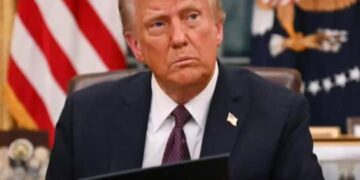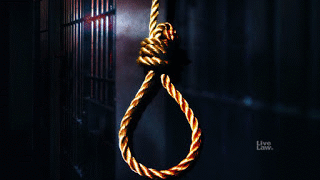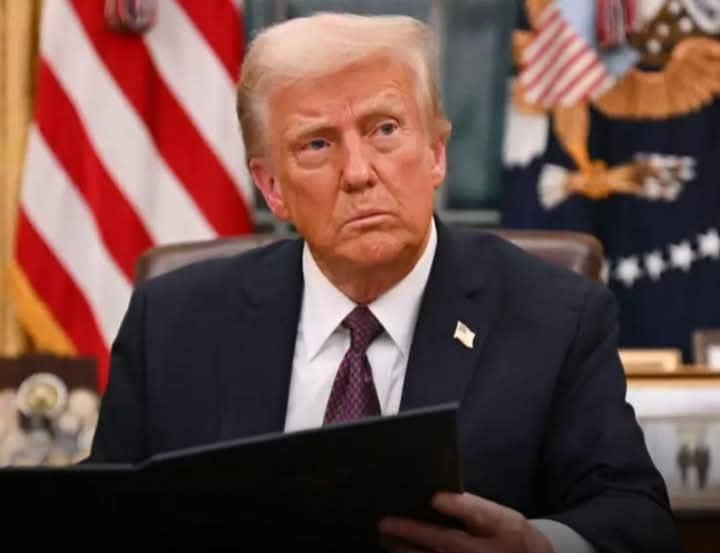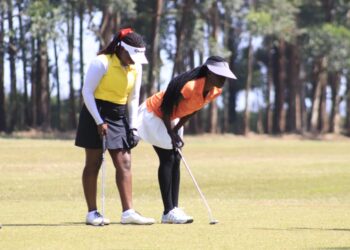By Isaac Tayebwa and Zawadi Nanyonga,
WASHINGTON
President Donald Trump signed an executive order Wednesday prohibiting transgender women and girls from competing in female sports. The measure, titled the “No Men in Women’s Sports Executive Order,” is the fourth order targeting transgender individuals since he took office on January 20.
Speaking at the White House, Trump framed the order as a defense of fairness in women’s athletics. “The radical left has waged an all-out campaign to erase the very concept of biological sex and replace it with a militant transgender ideology,” Trump said, standing before a group of female athletes. “With this executive order, the war on women’s sports is over.”
The order reverses Biden-era Title IX guidance that required schools to allow transgender students to compete in sports aligned with their gender identities. Schools receiving federal funding must now restrict women’s sports to those assigned female at birth. The Education Department will be responsible for investigating potential violations.
Additionally, the administration plans to work with sports governing bodies, including the International Olympic Committee, to ensure compliance beyond educational settings. U.S. visa policies will also be affected, with officials warning that foreign transgender athletes seeking to compete in women’s sports could face scrutiny for “fraud.”
The timing of the executive order coincides with the 39th annual National Girls & Women in Sports Day, a celebration of female athletes that began in 1987.
The participation of transgender women in female sports has been a polarizing issue, particularly in the lead-up to the November elections. Trump repeatedly pledged on the campaign trail to “keep men out of women’s sports,” a stance that resonated with conservative voters.
With legal battles likely ahead, the debate over transgender participation in sports appears far from over.
Public opinion appears to support restrictions on transgender athletes. A 2023 Gallup poll found that nearly 70% of Americans believe trans athletes should only compete in teams that match their birth sex, an increase from 62% in 2021. Currently, 27 states have laws or policies banning transgender students from participating in sports consistent with their gender identities.
Mixed Reactions from Advocates and Athletes
The executive order has drawn strong reactions from both supporters and opponents. Riley Gaines, a former college swimmer who has become a vocal critic of transgender inclusion in women’s sports, celebrated the decision. “Things could’ve been so different. Gender insanity was the final straw that brought a lot of moderates to the side of common sense,” she posted on social media.
However, LGBTQ advocacy groups and transgender athletes condemned the move as discriminatory. Former Harvard swimmer Schuyler Bailar, the first openly transgender athlete to compete in NCAA Division I men’s sports, called the order “devastating.”
“This is a really horrible way to invite a lot of discrimination—not just against trans people, but against all women in sports,” Bailar said.
Legal experts warn that the order could face challenges similar to those against state-level bans. Courts have already blocked restrictions in Arizona, Idaho, Utah, and West Virginia.
This latest order follows three previous executive actions signed by Trump targeting transgender rights. On Inauguration Day, he declared that the U.S. government would only recognize two sexes—male and female—and that these were “not changeable.” Other orders have restricted transgender individuals from serving in the military and barred minors from accessing gender-affirming medical care.
With legal battles likely ahead, the debate over transgender participation in sports appears far from over.








































